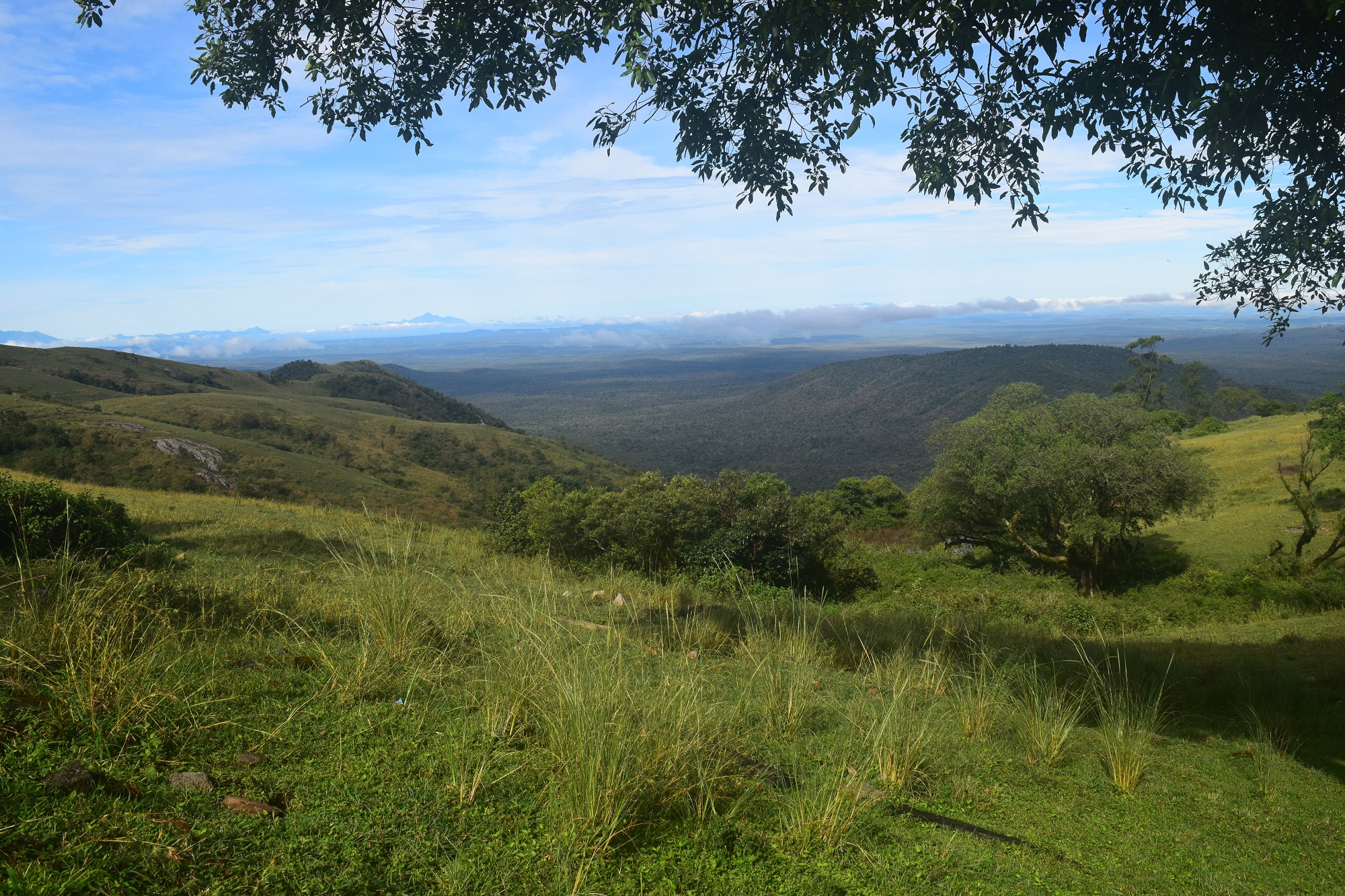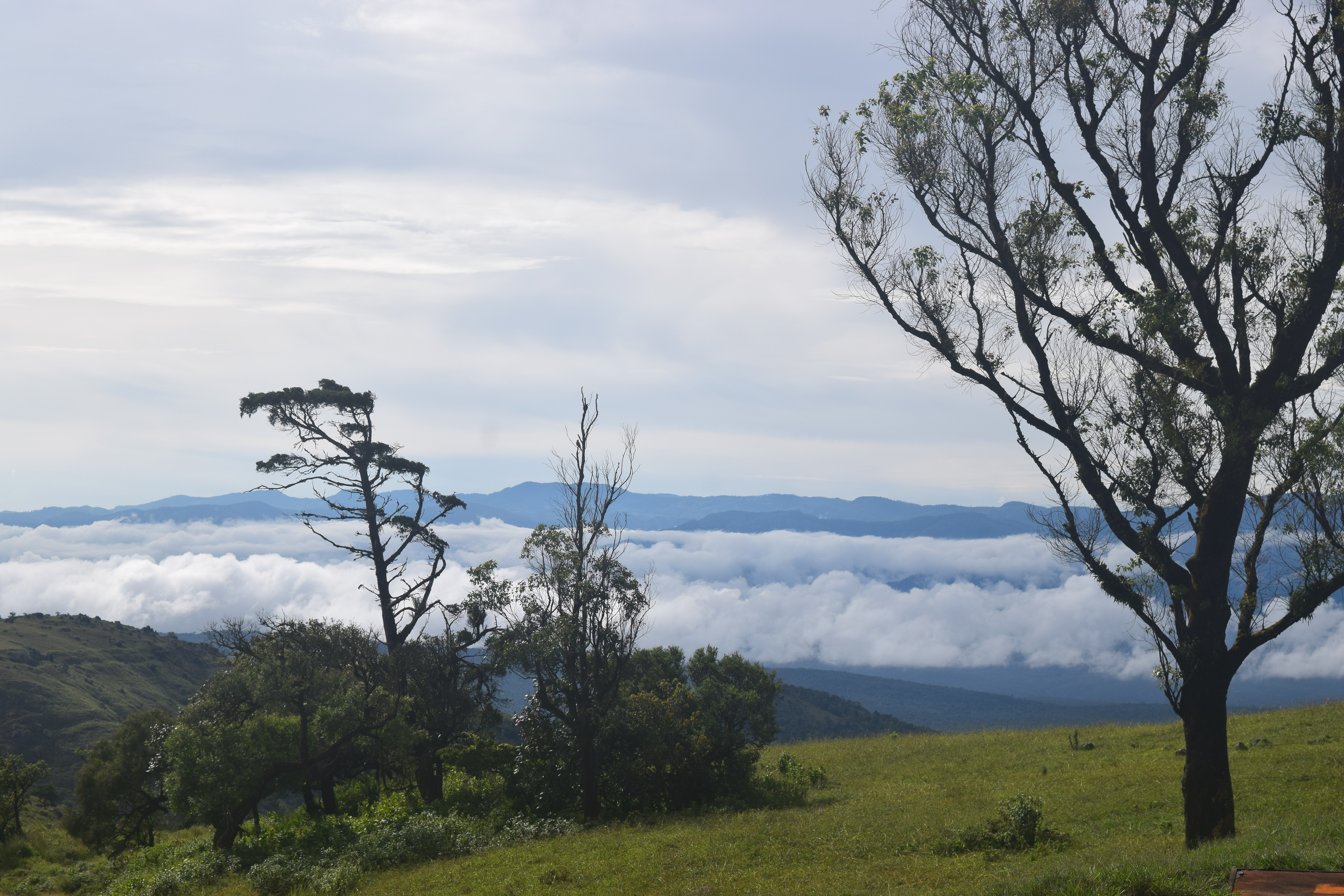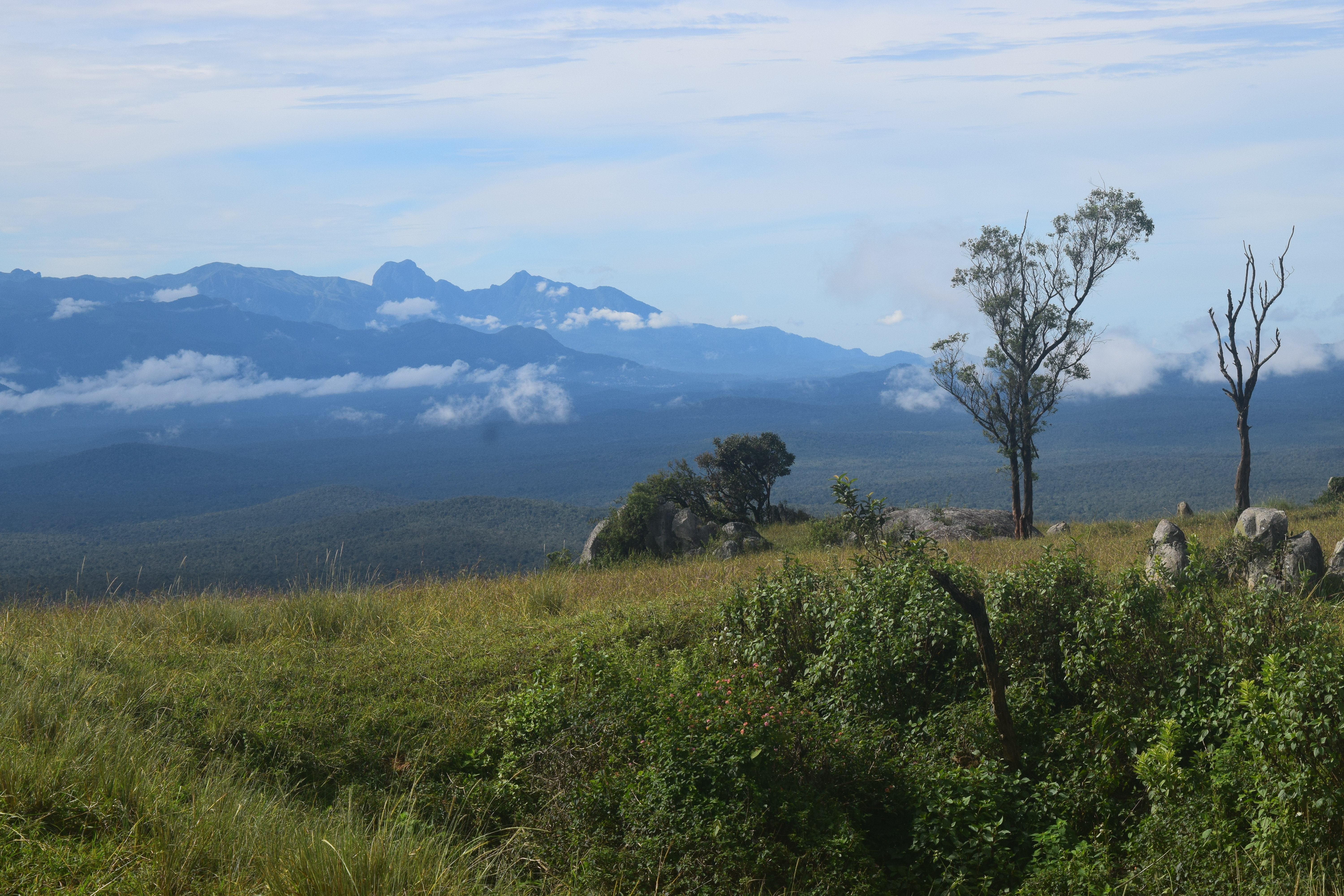Himavad Gopalaswamy Betta on:
[Wikipedia]
[Google]
[Amazon]

 Himavad Gopalaswamy Betta, is a hill (betta in Kannada) located in the
Himavad Gopalaswamy Betta, is a hill (betta in Kannada) located in the



File:GOPALSWAMY HILLS 012.jpg, The Road to GS Hill
File:Himavad Gopalaswamy Betta.jpg, The hillroad
File:GOPALSWAMY HILLS 107.jpg,
File:2012-bandipur-gopalaswamy.jpg, Views from the hill
File:Bus to the hill top.jpg, Bus service to the hill top
File:Hindu Temple Entrance.jpg, The temple arch
File:HimavadGopalaswamyBetta01.JPG, The temple road
File:Gopala Swamy Temple in Bandipur National Park.jpg, View of the temple
File:2005-himavad-gopalaswamy.jpg, The temple courtyard

 Himavad Gopalaswamy Betta, is a hill (betta in Kannada) located in the
Himavad Gopalaswamy Betta, is a hill (betta in Kannada) located in the Gundlupete
Gundlupet (''Gundlupētē'' in Kannada) is a municipal town situated in the Chamarajanagar district of Karnataka, India. It is also known as "''The flower pot of India''". It is situated on NH 766, 60 km away from Mysuru and approximate ...
Taluk, Chamarajanagar district
Chamarajanagar or Chamarajanagara is the southernmost district in the state of Karnataka, India. It was carved out of the original larger Mysore District in 1998. Chamarajanagar town is the headquarters of this district.
It is the third leas ...
of the state of Karnataka
Karnataka ( ) is a States and union territories of India, state in the southwestern region of India. It was Unification of Karnataka, formed as Mysore State on 1 November 1956, with the passage of the States Reorganisation Act, 1956, States Re ...
, India
India, officially the Republic of India, is a country in South Asia. It is the List of countries and dependencies by area, seventh-largest country by area; the List of countries by population (United Nations), most populous country since ...
at a height of 1450m and is extensively wooded. It is also the highest peak in the Bandipur National Park
Bandipur National Park is a national park covering in Chamarajnagar district in the Indian state of Karnataka. It was established as a tiger reserve under Project Tiger in 1973.
It is part of the Nilgiri Biosphere Reserve since 1986.
Histor ...
. It lies in the core area of the Bandipur National Park and is frequented by wild life including elephant
Elephants are the largest living land animals. Three living species are currently recognised: the African bush elephant ('' Loxodonta africana''), the African forest elephant (''L. cyclotis''), and the Asian elephant ('' Elephas maximus ...
s. Dense fog predominates and covers the hills round the year and thus gets the prefix ''Himavad'' (in the language of Kannada
Kannada () is a Dravidian language spoken predominantly in the state of Karnataka in southwestern India, and spoken by a minority of the population in all neighbouring states. It has 44 million native speakers, and is additionally a ...
) and the temple of Venugopalaswamy (Krishna
Krishna (; Sanskrit language, Sanskrit: कृष्ण, ) is a major deity in Hinduism. He is worshipped as the eighth avatar of Vishnu and also as the Supreme God (Hinduism), Supreme God in his own right. He is the god of protection, c ...
) gives the full name of Himavad Gopalaswamy Betta.
Its geographic coordinates are: Latitude 12.97°Ne and longitude 77.56°E.
Access
It is approximately 220 km fromBangalore
Bengaluru, also known as Bangalore (List of renamed places in India#Karnataka, its official name until 1 November 2014), is the Capital city, capital and largest city of the southern States and union territories of India, Indian state of Kar ...
and 75 km from Mysore
Mysore ( ), officially Mysuru (), is a city in the southern Indian state of Karnataka. It is the headquarters of Mysore district and Mysore division. As the traditional seat of the Wadiyar dynasty, the city functioned as the capital of the ...
on the Mysore Ooty
Ooty (; officially Udagamandalam (), Anglicisation, anglicized: Ootacamund , abbreviated as Udagai, ) is a town and municipality in the Nilgiris district of the Indian States and territories of India, state of Tamil Nadu. It is located north ...
road -10 km away from Gundlupete
Gundlupet (''Gundlupētē'' in Kannada) is a municipal town situated in the Chamarajanagar district of Karnataka, India. It is also known as "''The flower pot of India''". It is situated on NH 766, 60 km away from Mysuru and approximate ...
, which is 60 km away from Mysore. There is a motorable road all the way to the top of the hill. No entry for private vehicles, visitors have to take the Govt bus organised by the Karnataka state transport from the Foothills. Materials used for pooja (prayers) alone such as flowers, fruits, Incense sticks etc. are permitted. Other food items are not permitted to be carried in. All these materials should be carried in non-plastic bags. Visitors are allowed from around 8:30am till 4pm. Overnight stay on top is not allowed.
Private vehicles are not allowed beyond the forest check post. One has to make use of the mini bus arranged by forest department to visit the temple. Per person round trip ticket will cost Rs.60
First bus will operate at 8:30 am and last bus is at 4:00 pm.
There is a forest department guest house at the top of the hill, which is not available for public, only public servants on official duty are allowed to use it.
Best Season to Visit the temple is in winter and in Rainy.

History
The temple was built in hoysala Era in 1315. King veera Ballala built this iconic temple. Later the WodeyarsWodeyar dynasty
The Wadiyar dynasty,() also referred to as the Wadiyars of Mysore (also spelt Wodeyer, Odeyer, and Wadeyar), is a late-medieval Indian royal family of former maharajas of Mysore from the Urs clan originally based in Mysore city. The Wadiya ...
of Mysore improved the hill temple.

Temple
The temple is dedicated to ''Gopalaswamy'', which is one of the names of theHindu
Hindus (; ; also known as Sanātanīs) are people who religiously adhere to Hinduism, also known by its endonym Sanātana Dharma. Jeffery D. Long (2007), A Vision for Hinduism, IB Tauris, , pp. 35–37 Historically, the term has also be ...
god Krishna
Krishna (; Sanskrit language, Sanskrit: कृष्ण, ) is a major deity in Hinduism. He is worshipped as the eighth avatar of Vishnu and also as the Supreme God (Hinduism), Supreme God in his own right. He is the god of protection, c ...
. The ''gopuram
A ''gopuram'' or ''gopura'' ( Tamil: கோபுரம், Telugu: గోపురం, Kannada
Kannada () is a Dravidian language spoken predominantly in the state of Karnataka in southwestern India, and spoken by a minority of th ...
'' of the temple is single-tiered and rests on the compound wall of the enclosure. A ''dhvajastambha
The dhvajastambha (ध्वजस्तम्भ) refers to the flagstaff erected in front of the ''mukhamaṇḍapa'' (front pavilion) of a Hindu temple. The ''dhvajastambha'' is usually built within the temple walls (''prākāra''). They are t ...
'' (flag-pillar) and a '' bali pitham'' (sacrificial altar) is present in the ''mukha mantapa'' (inner-porch). The parapet wall of the façade of the ''mukha mantapa'' contains the sculpture of ''Dashavatara
The Dashavatara (, ) are the ten primary avatars of Vishnu, a principal Hindus, Hindu god. Vishnu is said to descend in the form of an avatar to restore cosmic order. The word ''Dashavatara'' derives from , meaning "ten", and , roughly equi ...
'' (the avatar
Avatar (, ; ) is a concept within Hinduism that in Sanskrit literally means . It signifies the material appearance or incarnation of a powerful deity, or spirit on Earth. The relative verb to "alight, to make one's appearance" is sometimes u ...
s of the Hindu god Vishnu
Vishnu (; , , ), also known as Narayana and Hari, is one of the Hindu deities, principal deities of Hinduism. He is the supreme being within Vaishnavism, one of the major traditions within contemporary Hinduism, and the god of preservation ( ...
) with the centre portion of the sculpture depicting ''Krishnavatara'' (the Avatar
Avatar (, ; ) is a concept within Hinduism that in Sanskrit literally means . It signifies the material appearance or incarnation of a powerful deity, or spirit on Earth. The relative verb to "alight, to make one's appearance" is sometimes u ...
of Vishnu
Vishnu (; , , ), also known as Narayana and Hari, is one of the Hindu deities, principal deities of Hinduism. He is the supreme being within Vaishnavism, one of the major traditions within contemporary Hinduism, and the god of preservation ( ...
in which he appeared as Krishna
Krishna (; Sanskrit language, Sanskrit: कृष्ण, ) is a major deity in Hinduism. He is worshipped as the eighth avatar of Vishnu and also as the Supreme God (Hinduism), Supreme God in his own right. He is the god of protection, c ...
). There is a ''shikhara'' tower over the ''garbha griha'' (sanctum sanctorum
The Latin phrase ''sanctum sanctorum'' is a translation of the Hebrew term ''קֹדֶשׁ הַקֳּדָשִׁים'' (Qṓḏeš HaQŏḏāšîm), literally meaning Holy of Holies, in Latin texts, this generally refers to the holiest place of t ...
).
The ''garbhagriha
A ''garbhagriha'' () is the innermost sanctuary of Hindu and Jain temples, often referred to as the "holy of holies" or " sanctum sanctorum".
The term ''garbhagriha'' (literally, "womb chamber") comes from the Sanskrit words ''garbha'' for ...
'' contains an idol of Krishna
Krishna (; Sanskrit language, Sanskrit: कृष्ण, ) is a major deity in Hinduism. He is worshipped as the eighth avatar of Vishnu and also as the Supreme God (Hinduism), Supreme God in his own right. He is the god of protection, c ...
holding a flute under a tree. Krishna
Krishna (; Sanskrit language, Sanskrit: कृष्ण, ) is a major deity in Hinduism. He is worshipped as the eighth avatar of Vishnu and also as the Supreme God (Hinduism), Supreme God in his own right. He is the god of protection, c ...
is flanked by his friends and the posture
Posture or posturing may refer to:
Medicine
* List of human positions
** Abnormal posturing, in neurotrauma
**Spinal posture
* Posturography, in neurology
Other uses
* Posture (psychology)
* Political posturing
Political posturing, also known a ...
is that of a dance with the left big toe resting on the right one. The panel also features several characters and icons from Krishna's avatar.
Gopalaswamy's idol is flanked by his consorts, Rukmini
Rukmini (, ) is a Devi, Hindu goddess and the first queen of Krishna. She is described as the chief of Krishna's wives in Dvārakā. Rukmini is revered as the avatar of Lakshmi and is venerated primarily in Warkari, and Haridasa tradition, and ...
and Satyabhama
Satyabhama (IAST'': Satyabhāmā)'' , also known as Satrajiti, is a Hindu goddess and the third queen consort of the Hindu god Krishna. Satyabhama is described as an incarnation of Bhumi, an aspect of Lakshmi. She is the goddess and the per ...
.

Legends
Legend says that sageAgastya
Agastya was a revered Indian sage of Hinduism. In the Indian tradition, he is a noted recluse and an influential scholar in diverse languages of the Indian subcontinent. He is regarded in some traditions to be a Chiranjivi. He and his wife ...
, performed intense penance and as a result Vishnu
Vishnu (; , , ), also known as Narayana and Hari, is one of the Hindu deities, principal deities of Hinduism. He is the supreme being within Vaishnavism, one of the major traditions within contemporary Hinduism, and the god of preservation ( ...
blessed this place and promised to reside here. As this was a place of worship and penance, it used to be called as 'Hamsatheertha', which means the lake of swans in Sanskrit
Sanskrit (; stem form ; nominal singular , ,) is a classical language belonging to the Indo-Aryan languages, Indo-Aryan branch of the Indo-European languages. It arose in northwest South Asia after its predecessor languages had Trans-cultural ...
. Swan acquires a mythological significance in Hinduism
Hinduism () is an Hypernymy and hyponymy, umbrella term for a range of Indian religions, Indian List of religions and spiritual traditions#Indian religions, religious and spiritual traditions (Sampradaya, ''sampradaya''s) that are unified ...
, symbolizing knowledge, tranquility and salvation.
Wild life
Being a part of theBandipur
Bandipur () is a hilltop settlement and a rural municipality in Tanahun District, Gandaki province of Nepal. Bandipur is primarily known for its preserved, old time cultural atmosphere. At the time of the 2011 Nepal census it had a population of ...
National Park, the hills are frequented by grazing wild elephants. The place is also known for its views of the surrounding hills, valleys and visitors may also see sunrise and sunsets from the top.
Location
This temple is located in the heart of Bandipur National Park, Is a vital habitat of wildlife such as Tiger, leopard, Wild Dogs and other herbivores such as Indian Gaur, Chittal, Sambar etc. Venturing beyond the temple premises is an offense as per Wildlife Act 1972, The Forest department is concerned by the increase in number of tourist visiting the temple and causing disturbance. Trekking, Picnicking, partying other activities are punishable offense. Hence visitors are instructed to refrain from venturing beyond the temple premises. To minimize disturbance on wildlife entry timing has been changed to 8:30 am to 4:00 pm. And permitted time to return is 1 hour 30 minutes with effect from 01/Jan/2023.Gallery
References
{{coord, 11, 43, N, 76, 35, E, source:cawiki_region:IN, display=title Hills of Karnataka Geography of Chamarajanagar district Hill stations in Karnataka Tourist attractions in Chamarajanagar district